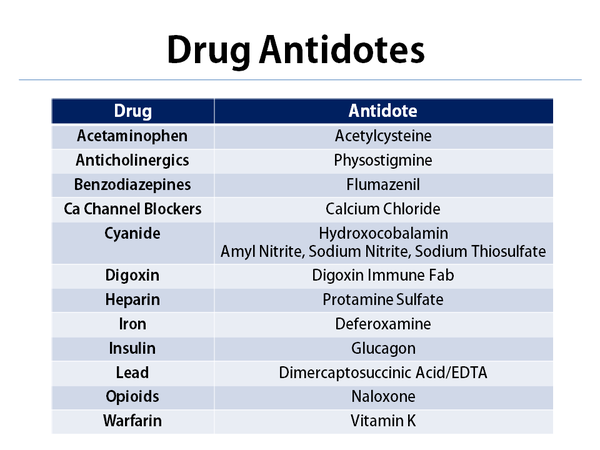


Finding out about a history of renal diseaseĬ. Determining whether the patient has a history of diabetesī. Which is an important assessment for this patient?Ī. The nurse is assessing a patient prior to administering thrombolytic therapy. Protamine sulfate is an antidote for heparin.

Enoxaparin is given for disseminated intravascular coagulation. Nurses giving thrombolytic drugs should monitor patients for bleeding from the mouth and rectum. The antithrombolytic drug aminocaproic acid is used to treat hemorrhage. The nurse will anticipate administering which medication? The patient calls the nurse to report having bloody diarrhea. A patient is receiving a thrombolytic medication. The nurse should continue to evaluate vital signs, but it is imperative that the nurse assess the patient to explore the potential cause. They may indicate dehydration, but bleeding is the more likely cause of fluid volume deficit. The nurse should check the patient's surgical dressing to assess for bleeding. Tachycardia and hypotension indicate bleeding. Recheck the patient's vital signs in 15 minutes. Evaluate the patient's urine output and fluid intake.ĭ. Assess the surgical dressing for bleeding.Ĭ. Ask the patient about itching or shortness of breath.ī. The nurse notes a heart rate of 110 beats per minute and a blood pressure of 90/60 mm Hg. The nurse is caring for a postoperative patient who is receiving alteplase tPA (Activase) after developing a blood clot. Although the body will break down the clot, the drug is needed to prevent tissue damage due to active ischemia. Aspirin prevents, but does not dissolve, clots. Thrombolytics do not prevent clots from forming. Thrombolytic medications are given primarily to prevent permanent tissue damage caused by compromised blood flow to the affected area.

"Your body will break down the clot, so the drug is not necessary." ANS: A "You could take aspirin instead of this drug to achieve the same effect."ĭ. "This medication also acts to prevent future blood clots from forming."Ĭ. "The drug will decrease the likelihood of permanent tissue damage."ī. Which response by the nurse is correct?Ī. The patient learns that the medication is expensive and asks the nurse if it is necessary. A patient experiences a blood clot in one leg, and the provider has ordered a thrombolytic medication.


 0 kommentar(er)
0 kommentar(er)
